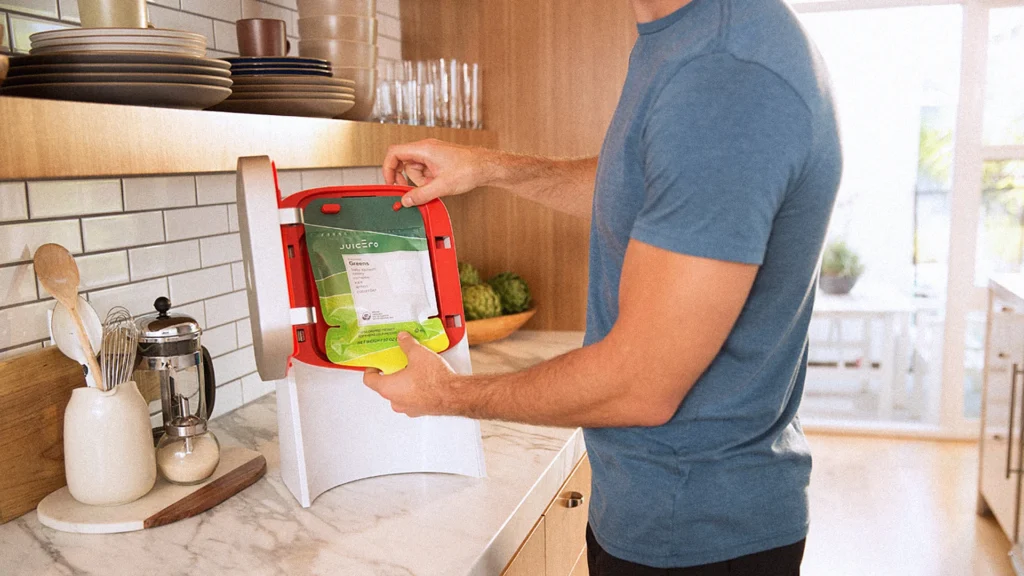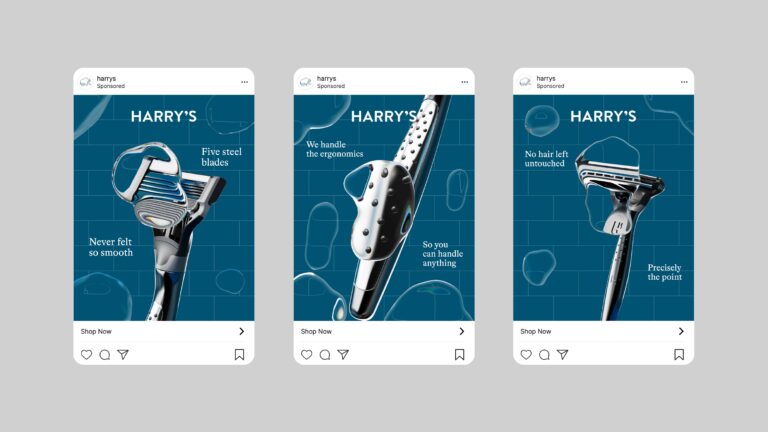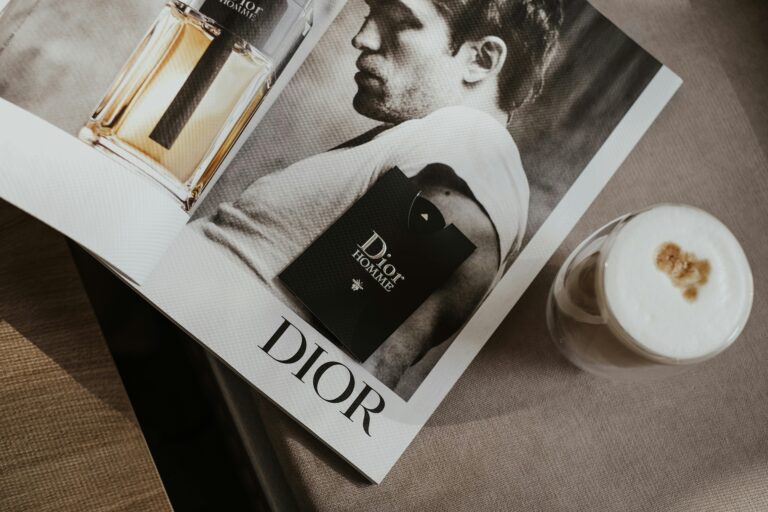
If you were active on Twitter in 2017, you probably saw a meme or two about a $400 juicer that required Wi-Fi to function. Yes, we’re talking about Juicero, the Silicon Valley startup that raised $120 million—only to crash and burn in less than 3 years.
This Juicero case study explores the product’s journey, market positioning, communication pitfalls, and the marketing misfires that ultimately made it a punchline. For marketing students, it’s a case of how product-market misfit, poor value communication, and tech for tech’s sake can sabotage even the most well-funded ideas.
The Product: What Was Juicero?
Juicero launched in 2016 as a sleek, minimalist countertop juicer designed to work with proprietary pre-packed produce pouches. Its pitch? Cold-pressed juice at home, without the mess.
- Launch Price: $699 (later dropped to $399)
- Requirement: Wi-Fi connectivity to “scan” QR codes on juice pouches
- Pouches: Sold for $5–$8 each, subscription-based
- Main Promise: Fresh, healthy juice with zero prep or cleanup
What could go wrong?
Backed by Silicon Valley’s Elite
Juicero had all the trappings of a unicorn-in-waiting:
- $120 million in funding from investors like Google Ventures and Kleiner Perkins
- A charismatic founder, Doug Evans, who marketed himself as a visionary wellness advocate
- Connections to the rising wellness and at-home convenience trends
Its packaging, website, and branding screamed premium. Everything seemed poised for success. Until reality—and logic—kicked in.
Also Read : How the Amish Master Word-of-Mouth Marketing
The Turning Point: When the Bubble Burst
The fatal blow came in April 2017, when a Bloomberg video went viral. It showed someone squeezing the juice packs by hand—faster than Juicero’s $400 machine.
This revelation cracked the brand’s core value proposition. Why pay hundreds for a machine when your hands could do the job just as well?
Continue reading…
(Next: What Juicero got wrong in its marketing strategy, and how the backlash unfolded.)


